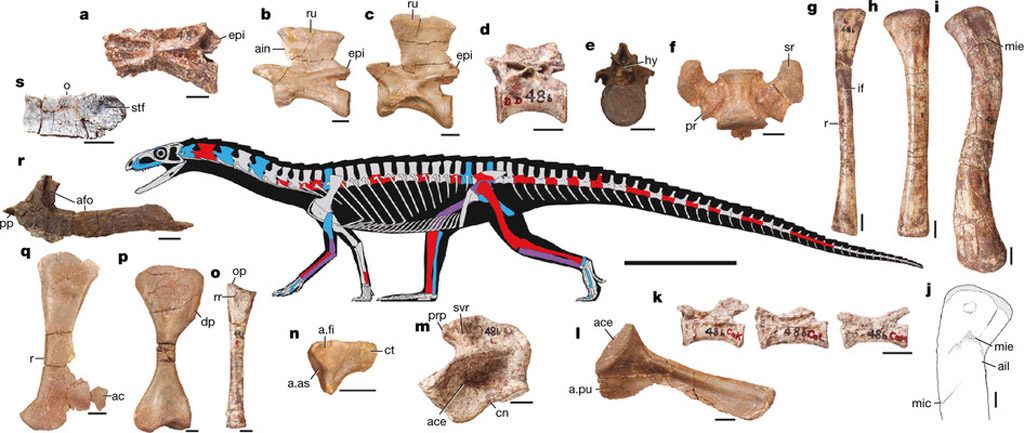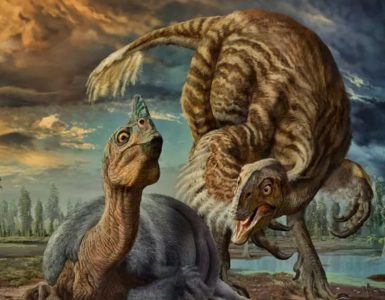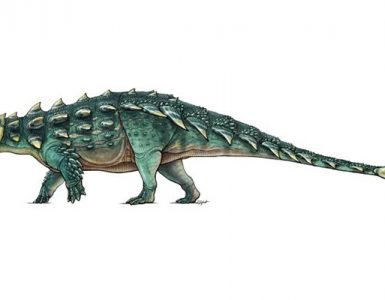Dinosaurs have ever been a fascinating subject for paleontologists, and one of the biggest questions facing scientist have been about dinosaur ancestors. The science community had been quite divided in this regard, with some assuming that they would have looked like miniature dinosaurs while others expecting them to be more avian.
A recent finding published in the journal Nature has however revealed something entirely different. Recently some fossils were discovered in Tanzania. The fossils belong to Teleocrater rhadinus, an ancestor of dinosaurs that had four crocodile like legs. They were carnivorous and had long necks and tails.

Skeletal anatomy of Teleocrater rhadinus gen. Image source: Nature.com. You can access complete information from: Nature.com
These croc like cousins of dinosaurs lived before the dinosaurs came along. They lived during the Triassic Period, over 245 million years ago. It shows up in fossil records right after archosaurs, a group of reptiles that divided into the avian branch and the crocodile branch.
“The research sheds light on the distribution and diversity of the ancestors of crocodiles, birds, and dinosaurs,” said Judy Skog, a program director in the National Science Foundation’s (NSF) Division of Earth Sciences, which funded the research. “It indicates that dinosaur origins should be re-examined now that we know more about the complex history and traits of these early ancestors.”
T. rhadinus can be called the missing link between the dinosaurs, crocodiles and birds. The species looked a lot like a two feet high monitor lizard with amenable ankle joints like a crocodile and jaw muscle attachments at the back of its skull like a bird. This is not the first time that fossils of this unique species have been found, the recent fossils only date back to 2015, but the earliest known fossils were discovered in Tanzania in 1933. Alan J. Charig, then-curator of fossil reptiles, amphibians and birds at the Natural History Museum of London studied those fossils in the 50s but he wasn’t able to place T. rhadinus in its proper place in the evolutionary process because the fossils were incomplete. But the new fossils discovered in 2015 had intact ankle bones and other pieces of the skeleton which essentially cleared up any doubts.
(Writing by Sai Bhargav; Editing by Mohith Agadi)




















